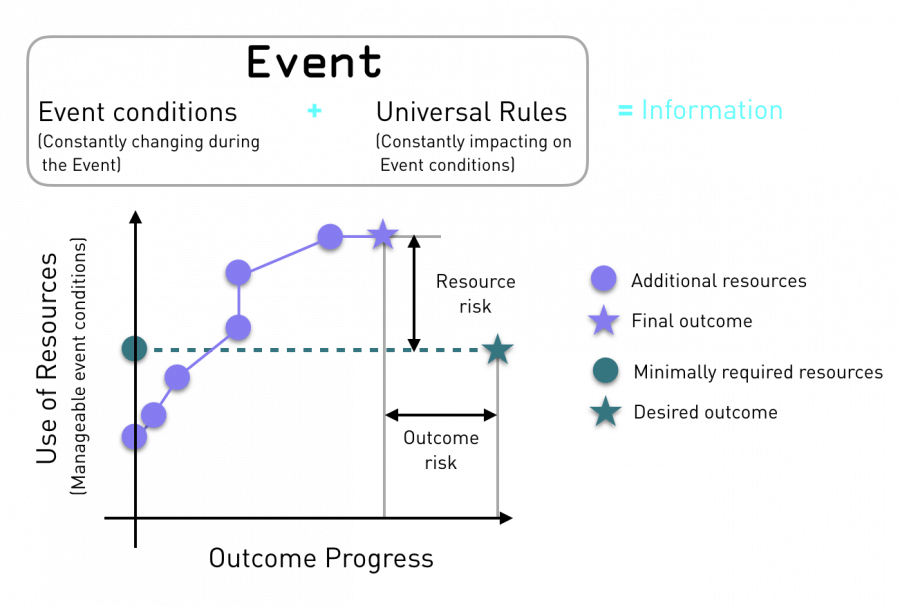An assumption is a supposition, something taken for granted or accepted as true without proof. As such, an assumption can be interpreted to be an unsubstantiated choice, and hence a [decision].
Assumptions — choices made in absence of conclusive information — are best made by an expert, as the expert’s expertise and ability to perceive information (even when it is not fully perceived) will maximally reduce the associated risk. As each assumption carries a risk the assumption is to be considered for risk management.

